Cultural Management Library
Image
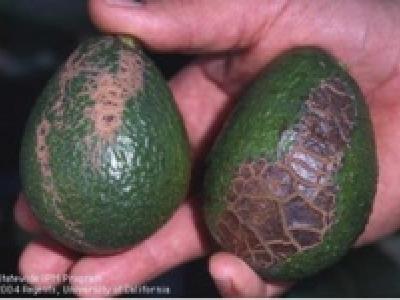
Continual wind or infrequent wind storms can damage California avocado trees. Wind can have both chronic effects, where the trees are exposed to continual amounts of air movement, and acute effects where the tree are thrashed around by storm force winds.
The salinity of avocado grove soil is influenced by several factors. Frequent use of irrigation water (which has salt in it) will influence the salinity of the soil. Avocado grove salinity is also influenced by rainfall content and timing, soil drainage, and irrigation practices.
Salinity of water used to irrigate California avocado groves is measured by the electrical conductivity (EC) of the water. When ions (salts) are present in the water, the EC of the solution increases. If no salts are present, the EC is low. One EC (dS/m) is equal to about 640ppm salt.
California avocado trees are highly sensitive to the salts found in soil or irrigation water, known as salinity. Salinity can reduce avocado yields, tree size, photosynthesis, root growth and can scorch and yellow avocado leaves, therefore it is important that California avocado growers constantly manage the salinity in their groves.
Image
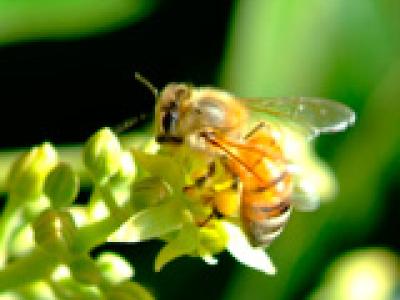
Blossoming in California avocado groves occurs from late winter through early summer, but most harvested fruit develop from flowers that are pollinated during two months in spring. If you are placing bees in your grove it’s best to do so early in spring.
Image
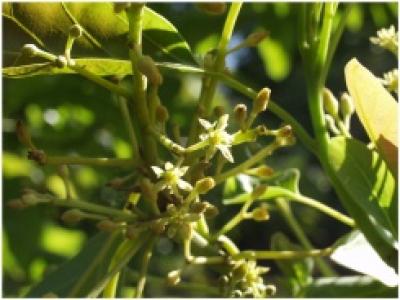
Spring is bloom-time, and it is the fruit-set following bloom that will determine the financial future of the avocado grove the next harvest season. A lot of avocado groves are currently carrying their second good crop in a row, leading to the concern that fruit-set this spring could be poor as the trees become “tired” and enter into an alternate bearing pattern.
Irrigation and salinity management are a significant part of managing California avocado groves and play a role in higher avocado yields generated at lower cost. Different avocado grove soil types have very different physical and chemical properties that need to be understood for best management.
Image
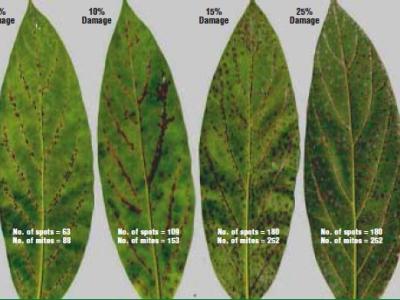
There are three types of mites that feed on California avocado trees. All three of these mites damage avocado leaves by removing chlorophyll during feeding. Excessive feeding can lead to rapid loss of avocado leaves, effecting the number of avocado fruit on the tree.
Image
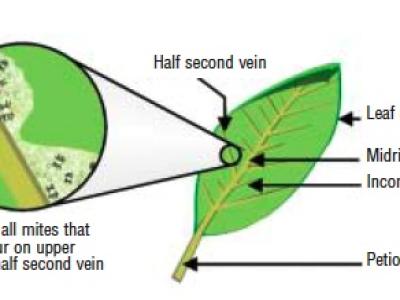
Persea mites damage avocado trees by removing chlorophyll from the leaves when feeding. As a result, once 7.5-10% of the leaf surface is damaged, the leaves begin to drop. Because healthy leaves are critical to a healthy avocado tree and crop, persea mite damage can effect avocado growers’ profitability.
Image
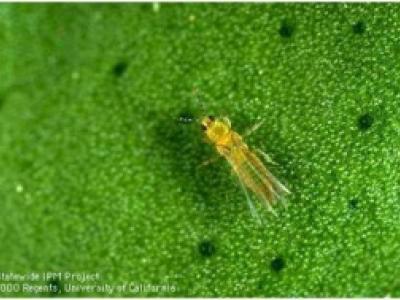
There are many ways to manage thrips. Sampling, biological and cultural control, and chemical control combined with employing a knowledgeable pest control advisor to assist with scouting and decision-making, is considered best practice.
Pagination
- First page
- Previous page
- …
- 6
- 7
- 8
- 9
- …
- Next page
- Last page